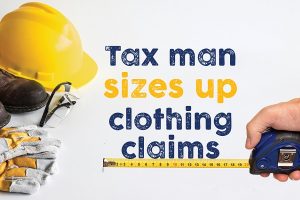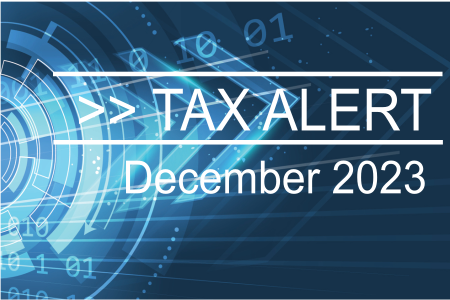Submitting a claim for your work-related clothing expenses is common come tax time, with more than six million Aussies claiming deductions in the past financial year.

But this year it’s a deduction that’s likely to bring your tax return right under the ATO’s spotlight, as the regulator is cracking down on the rapidly growing number of these claims.
What are the rules?
When it comes to claiming work-related clothing, the key thing to remember is only specific types of clothing are deductible. This includes distinctive uniforms and occupation-specific clothing that allows the public to easily recognise your occupation (such as checked trousers for a chef).
You can claim the cost of a unique work uniform if you are not reimbursed by your employer. It must, however, identify you as an employee of the organisation, be compulsory to wear while you are at work, and the uniform policy must be enforced (such as for airline staff or police officers).
Deductions may be available for shoes, socks and stockings if they are an essential part of this uniform and their characteristics are specified in the uniform policy.
The cost of protective clothing or footwear designed to safeguard against injury or illness caused by your job or the environment in which you work, can also be claimed. Examples include hi-vis vests, non-slip shoes for a nurse and steel-capped or rubber boots.
Claims for a non-compulsory work uniform are permitted if the clothing distinctly identifies a particular employer, product or service, but your employer must have registered the uniform design with AusIndustry.
Deductions that don’t measure up
Your employer simply requiring you to wear clothing in a specific colour or brand is not enough to make it a uniform.
A common mistake is to claim conventional work clothing such as black trousers and a white shirt. These are not considered sufficiently distinctive, or unique to your employer to be considered a uniform.
In a recent case, a retail sales assistant claimed more than $700 for store brand clothing she bought and was expected to wear to work. In the ATO’s view it was normal clothing, not a uniform, so her claim was disallowed.
The same goes for workplaces with an official ‘dress code’. A stockbroker working in a city office may be required to wear a suit, but that does not qualify as a uniform any more than a swimming instructor’s swimsuit does.
You are not permitted to claim for ordinary clothes such as jeans, drill shirts, work wear shorts or closed shoes, as these lack protective qualities designed for the risks of your work environment.
Keep the right paperwork
As with all tax deductions, you must have written evidence you spent the money if you want to claim the cost of buying or cleaning your work clothes.
Any claims over $150 require receipts, but if you claim less you may still be asked to substantiate your claim and prove how you calculated the amount. The ATO may even contact your employer to check you are actually required to wear a uniform.
It’s worth keeping in mind the ATO conducts sophisticated data analysis to spot unusual claims. If you work in an occupation that regularly claims for laundry costs – like chefs or security guards – and make a claim significantly above the average for that group, your tax return will be flagged for attention.
Calculating laundry claims
You are also permitted to claim the cost of washing, drying, ironing and dry cleaning your work clothes.
If your claim for laundry expenses is under $150 and your total claim for work related expenses is under $300, you do not need written evidence. Instead, you can claim $1 per load if the wash load is made up only of work related clothing and 50c per load if you include other laundry items.
The myDeductions tool in the ATO app is a handy way to keep records of all your work-related and general expenses.
Work-related deductions can be tricky to understand, so if you would like more information about what you can and can’t claim, call us today.
Did you enjoy this article?
Click below to share it
More News Articles

Retirement Planning: It’s Not all About the Money
Retirement is often a massive life change for the majority of people who experience it

FBT – How Fringe Benefits Tax Works
FBT is separate to income tax. It’s calculated on the taxable value of the fringe benefit

Tax Alert December 2023
The ATO is getting back to business with it’s lenient approach during the pandemic over, it’s focus now is returning to traditional debt collection

How a Super Recontribution Strategy Could Improve Your Tax Position
The main reason for implementing a recontribution strategy is to reduce the taxable component of your super and increase the tax-free component

Rental investor? How to Get Your Tax Return Right
Extra care is needed when lodging returns with rentals

What to do if You’ve Been Scammed
Know that you are not alone and you can recover from this. There is support available, if and when you need it
Connect Through our Socials
While you may have come to us from a variety of sources, the time has never been better to join us.
Connect through out socials to keep up to date with our latest news and get some tips.




